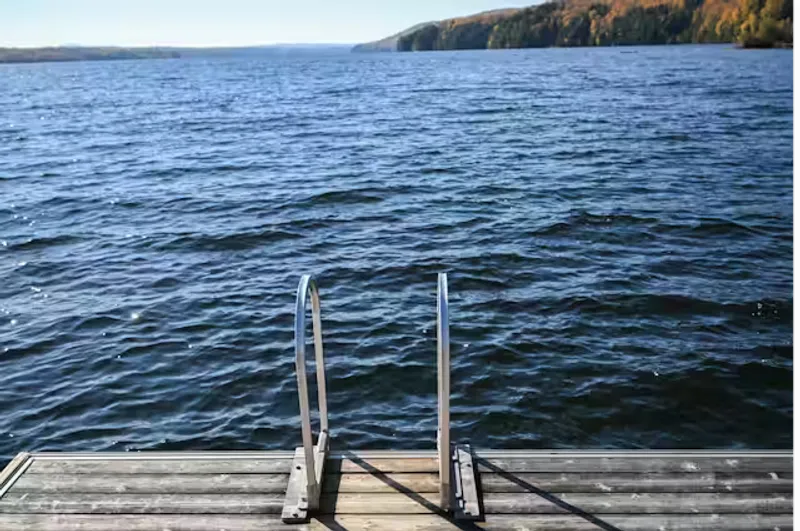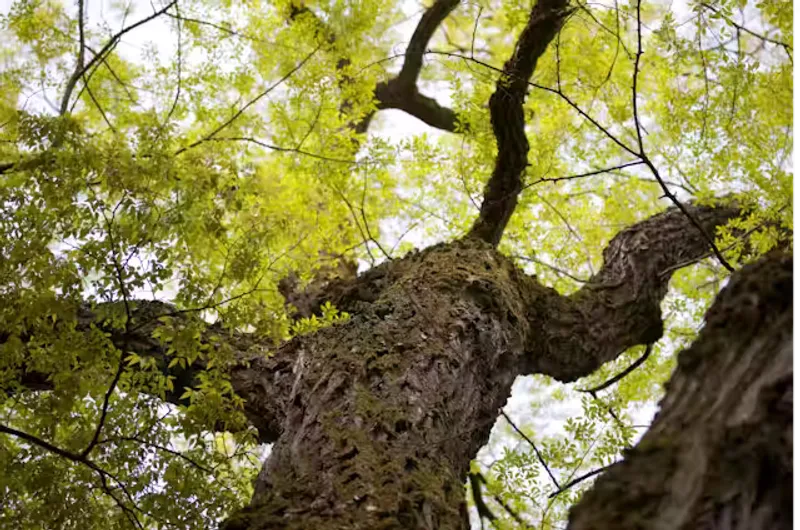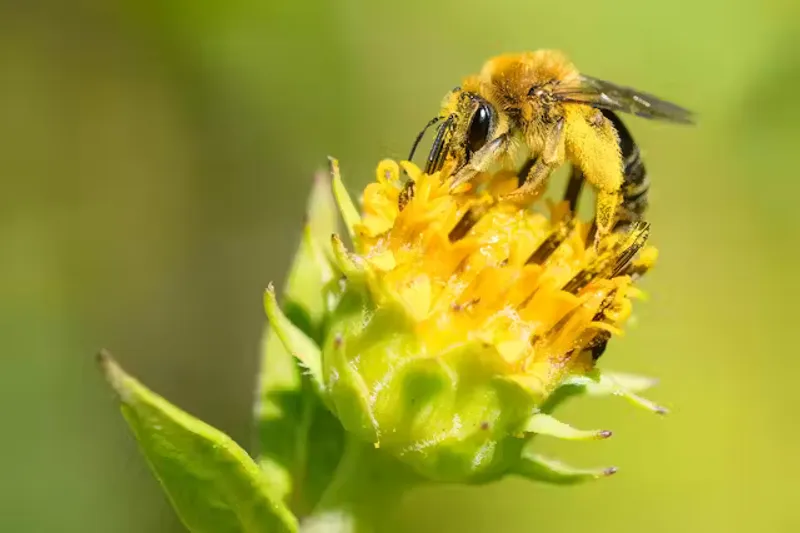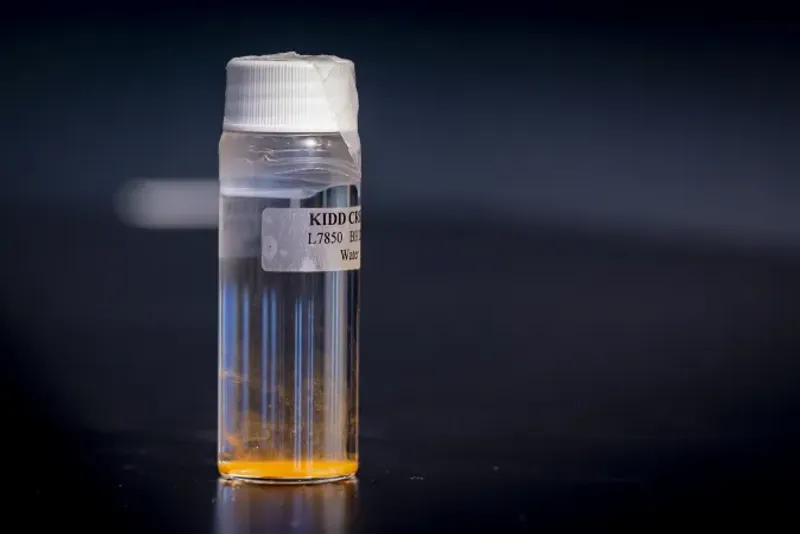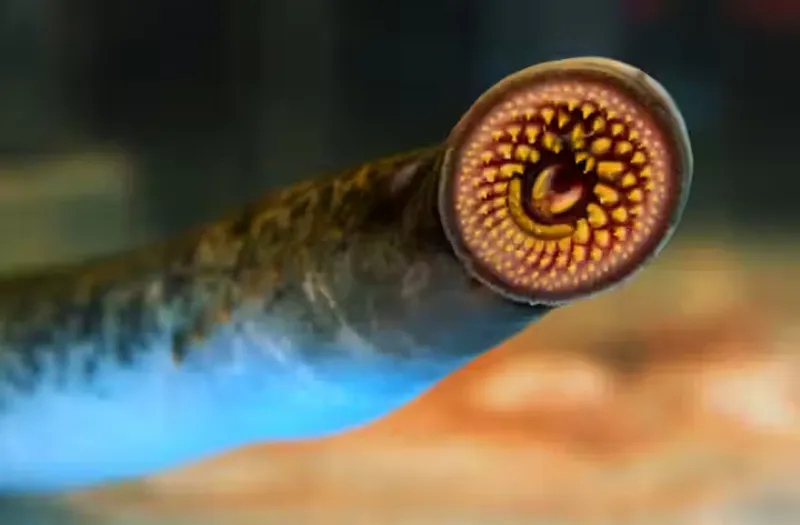Sam Lucy Behle, Université du Québec en Abitibi-Témiscamingue (UQAT); Beatrix Beisner, Université du Québec à Montréal (UQAM), and Guillaume Grosbois, Université du Québec en Abitibi-Témiscamingue (UQAT)
Across the tranquil waters of Canada’s vast network of lakes and rivers, a quiet invader is on the move. The spiny water flea, Bythotrephes cederströmii, is a microscopic predator that is forever altering the ecological fabric of aquatic habitats in Canada.
Originally from Eurasia, Bythotrephes casts a long shadow over the ecosystems it invades. Its presence in Canadian waters represents an ongoing ecological challenge, one that intertwines the fate of native species with the spectre of climate change.
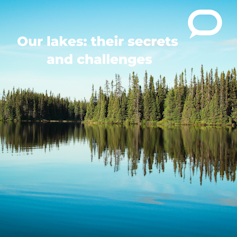
</figcaption>
</figure>This article is part of our series Our lakes: their secrets and challenges. The Conversation and La Conversation invite you to take a fascinating dip in our lakes. With magnifying glasses, microscopes and diving goggles, our scientists scrutinize the biodiversity of our lakes and the processes that unfold in them, and tell us about the challenges they face. Don’t miss our articles on these incredibly rich bodies of water!
Diminutive and destructive
Despite its name, Bythotrephes is neither a flea nor a parasite.
A member of the crustacean zooplankton family, the Bythotrephes belongs to a group of microscopic arthropods that are near the base of the aquatic food web and related to other crustaceans like shrimp and lobsters.
Its diet primarily consists of other crustacean zooplankton, with herbivores being the preferred food source. By preying on these critical organisms, Bythotrephes can destabilize a local food web. This destabilization leads to a decrease in native fish populations that rely on zooplankton for nourishment.
The Bythotrephes is equipped with a long, barbed tail spine, which makes it difficult prey for most fish, further allowing its populations to grow mostly unchecked in many lakes.
Alarmingly, the Bythotrephes is spreading rapidly.
Human activities, particularly recreational boating and fishing, serve as the primary vectors for this invasive species. Boats and equipment used in infested waters can harbour Bythotrephes’ and its eggs, which are remarkably resistant to freezing and drying and able to survive out of water for extended periods of time.
Unknowingly, outdoor enthusiasts can transport these invaders to uninvaded habitats, sometimes seeding new infestations far from the original point of invasion. However, the insidious spread of Bythotrephes is not solely the direct result of human activities but is also exacerbated by climate change.
Changing conditions
The Canadian climate has been historically hostile to the Bythotrephes. But as global temperatures rise and weather patterns shift, more and more of Canada is experiencing conditions favourable for the proliferation of invasive species like Bythotrephes.
Warmer water temperatures, in particular, extend its breeding season, allowing for more reproductive cycles within a single year. This amplifies their population growth and colonization potential, hastening their spread across Canadian waters.
Milder winters and earlier ice melt may also enable Bythotrephes to survive and reproduce in regions where it was previously unable to establish populations. These changes in environmental conditions create novel opportunities for Bythotrephes to expand its range and out-compete native species for resources, exacerbating the ecological disruption caused by its invasion.
As we confront the dual challenges of invasive species management and climate change adaptation, it becomes increasingly clear that addressing the spread of Bythotrephes requires a holistic and interdisciplinary approach.
Solutions remain
The battle against the spread of Bythotrephes is multifaceted, requiring a blend of scientific research, policy action and public participation. After prevention, monitoring for early detection is critical.
Enhanced surveillance of known potential habitats can help identify new infestations early, enabling quicker actions to contain or eradicate outbreaks.
Public awareness and education are equally important. The adage “clean, drain, dry” should become a mantra for anyone engaging in aquatic recreation. By thoroughly cleaning and drying boats, gear and equipment, individuals can dramatically reduce the risk of transporting Bythotrephes and other invasive species to new locations.
Awareness campaigns can also inform the public about the critical role they play in stopping the spread of invasive species and protecting Canada’s aquatic biodiversity.
Investing in research to understand the ecological impact of Bythotrephes and to develop effective control measures is vital. Biological control strategies, habitat restoration and public education programs can all contribute to a comprehensive approach to managing this invasive threat.
The invasion of Bythotrephes in Canada is a stark reminder of the fragility of aquatic ecosystems and the complexity of managing invasive species in the face of climate change. By understanding the impact of Bythotrephes and taking deliberate steps to curb its spread, Canadians can protect their waterways and the diverse life they support.
There is power in informed action and collective will. It is a battle that requires the engagement of all — from scientists and policymakers to local communities and individuals. Together, we can halt the forward march of Bythotrephes cederströmii and preserve the ecological integrity of Canada’s precious aquatic ecosystems for future generations.
Sam Lucy Behle, PhD Student, Groupe de recherche en écologie de la MRC Abitibi (GREMA), Université du Québec en Abitibi-Témiscamingue (UQAT); Beatrix Beisner, Professor, Aquatic ecology, Université du Québec à Montréal (UQAM), and Guillaume Grosbois, Professeur Écologie Aquatique, Université du Québec en Abitibi-Témiscamingue (UQAT)
This article is republished from The Conversation under a Creative Commons license. Read the original article.
